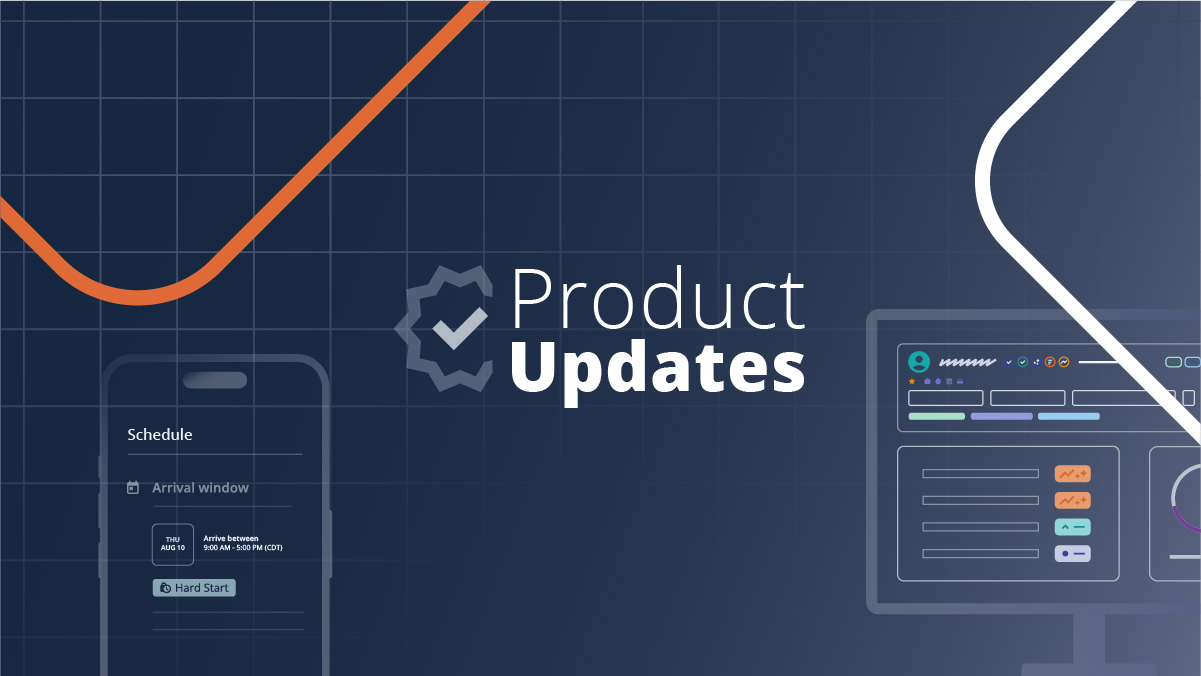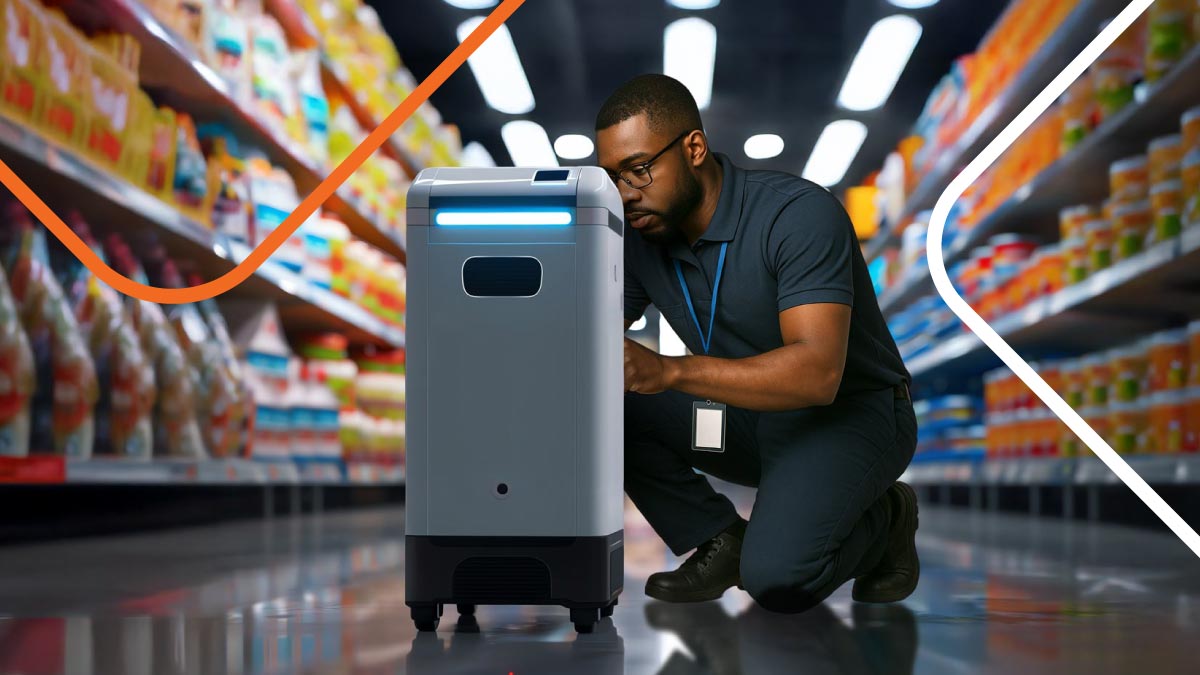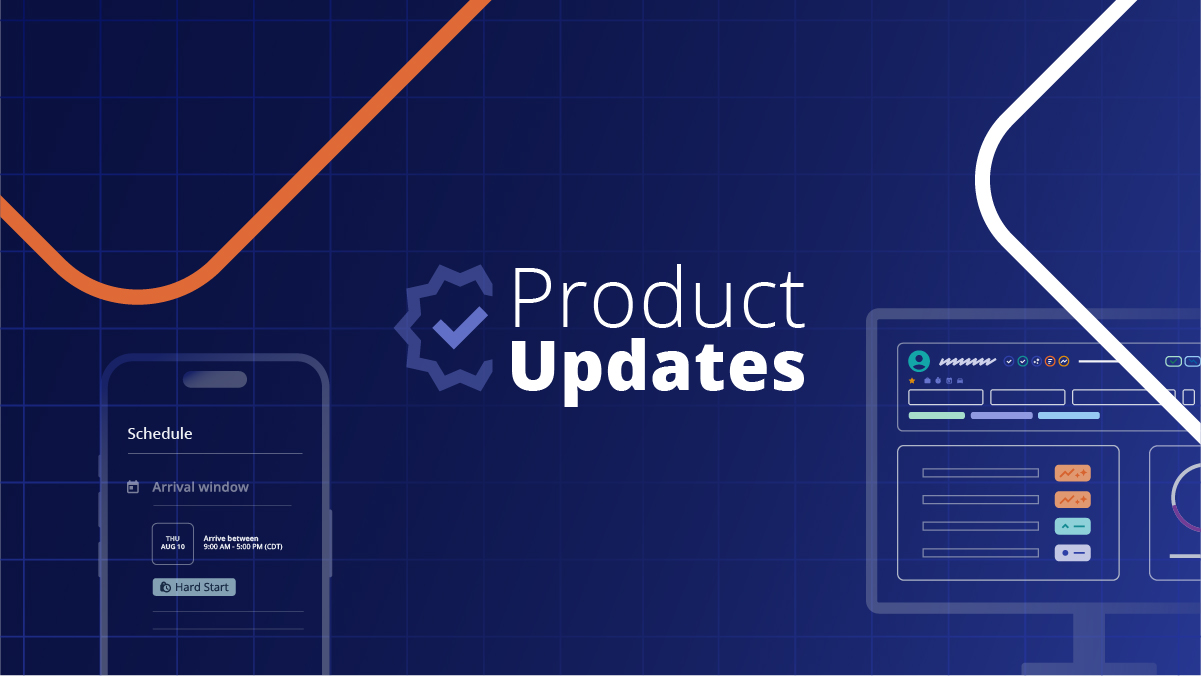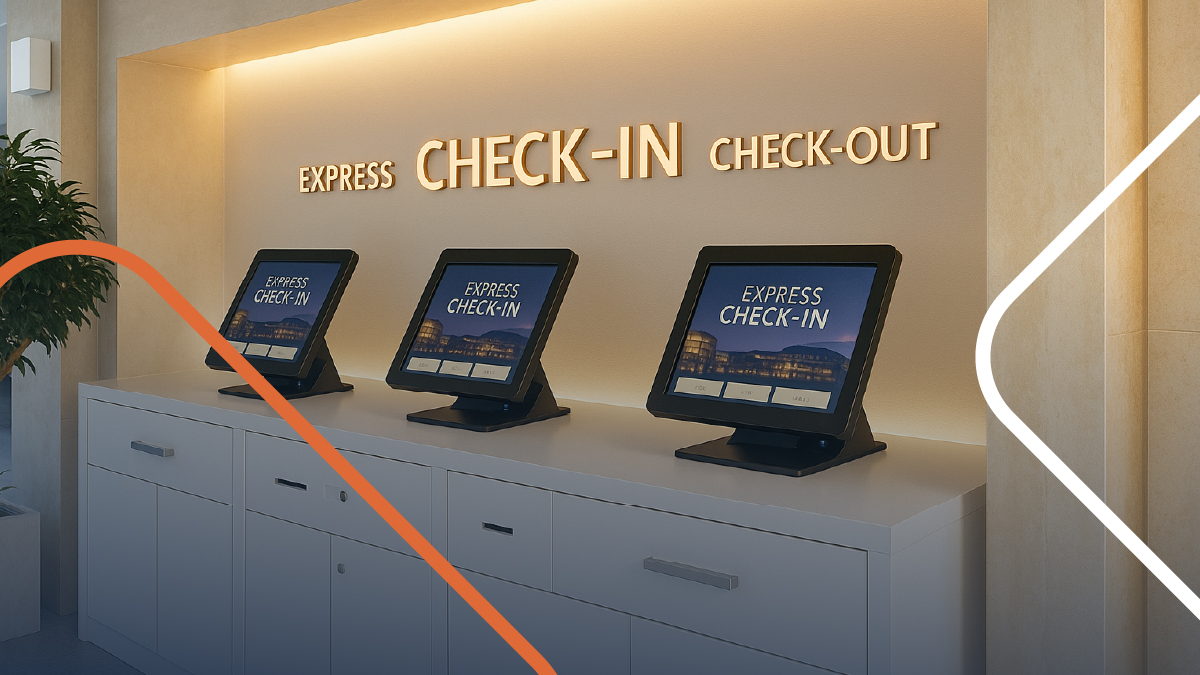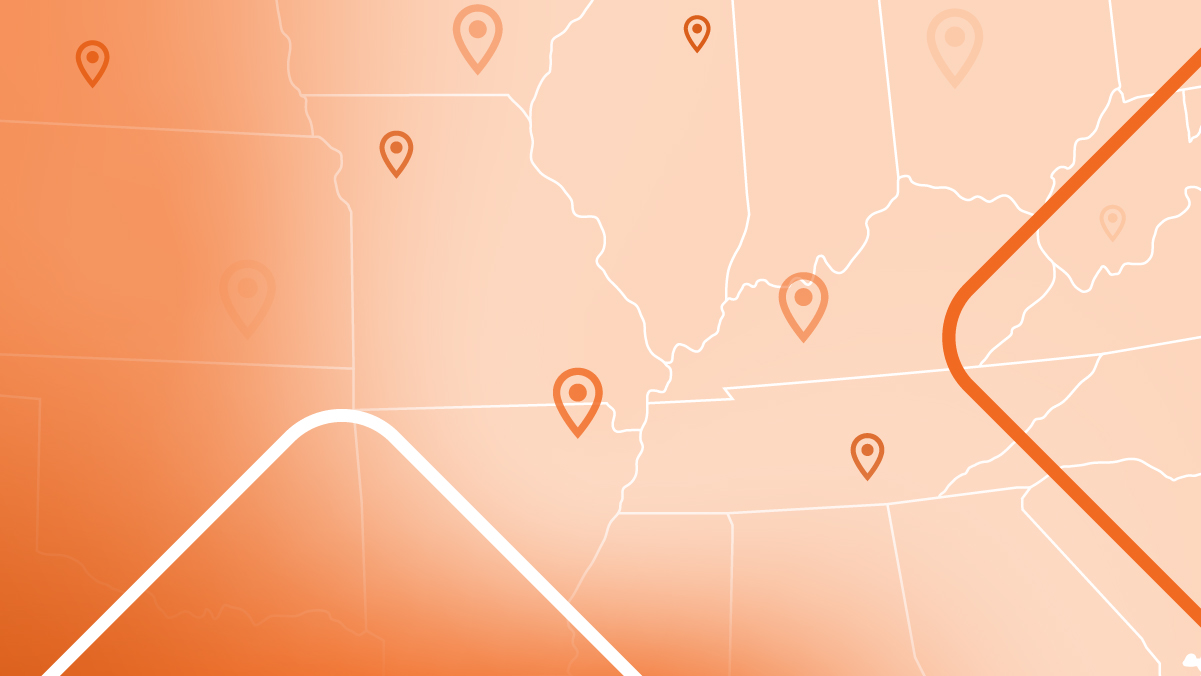Discover the top 3 trends shaping field service in 2025. Learn how leaders navigate rising costs, labor challenges, and tech-driven opportunities.
The data center boom is driving demand for skilled field service technicians. Learn key trends and how field services are evolving to meet new challenges.
A high-quality profile picture helps independent technicians build trust, showcase professionalism, and stand out on Field Nation. Learn why it matters and how to take the best photo.
This month saw the launch of various Flightboard and New Provider Match enhancements for buyers as well as the launch of the Provider Success Score for providers within their profile. Click the..
Explore top field service trends based on 2H2025 Field Nation marketplace data. Get insights to navigate macroeconomic pressures and plan confidently for 2026.
Windows 10 support ends Oct 14, 2025. Field service leaders must act now to mitigate risks, meet SLAs, and unlock new service opportunities.
Robot downtime is no longer tolerable. Discover how on-demand field service is helping robotics companies reduce delays, restore trust, and scale with confidence.
This month saw the launch of the Provider Success Score, updates to how Timeliness and Backout Scores are calculated, and the simplification of the Arrival Window schedule type.
Discover how break/fix work is becoming a vital, scalable strategy for field service organizations facing rising costs, tightening SLAs, and extended asset lifecycles.
Matt Perna found flexibilty through Field Nation, transforming prjects into a rewarding full-time vocation defined by ambition, and adaptability.
This month saw the release of functionality to support Custom Selection Rules within the new Provider Match, better visibility into Pre-Approved Additional Charges for providers and updates to..
Join us at HITEC 2025 in Indianapolis, June 16–19! Discover how AI, self-service kiosks, and connected infrastructure are transforming hospitality with faster transactions, smarter operations,..
A national IT provider used Field Nation to scale technician capacity, completing 1,944 retail site upgrades in 3 months—14% under budget with 65% tech reuse.
Discover how an IT provider used Field Nation’s Talent Services to unlock hidden talent, exceed margin goals, and win new business.
As QSRs gear up for the National Restaurant Association Show, explore five trends—drive-through tech, kiosks, and more—reshaping operations and service models.







